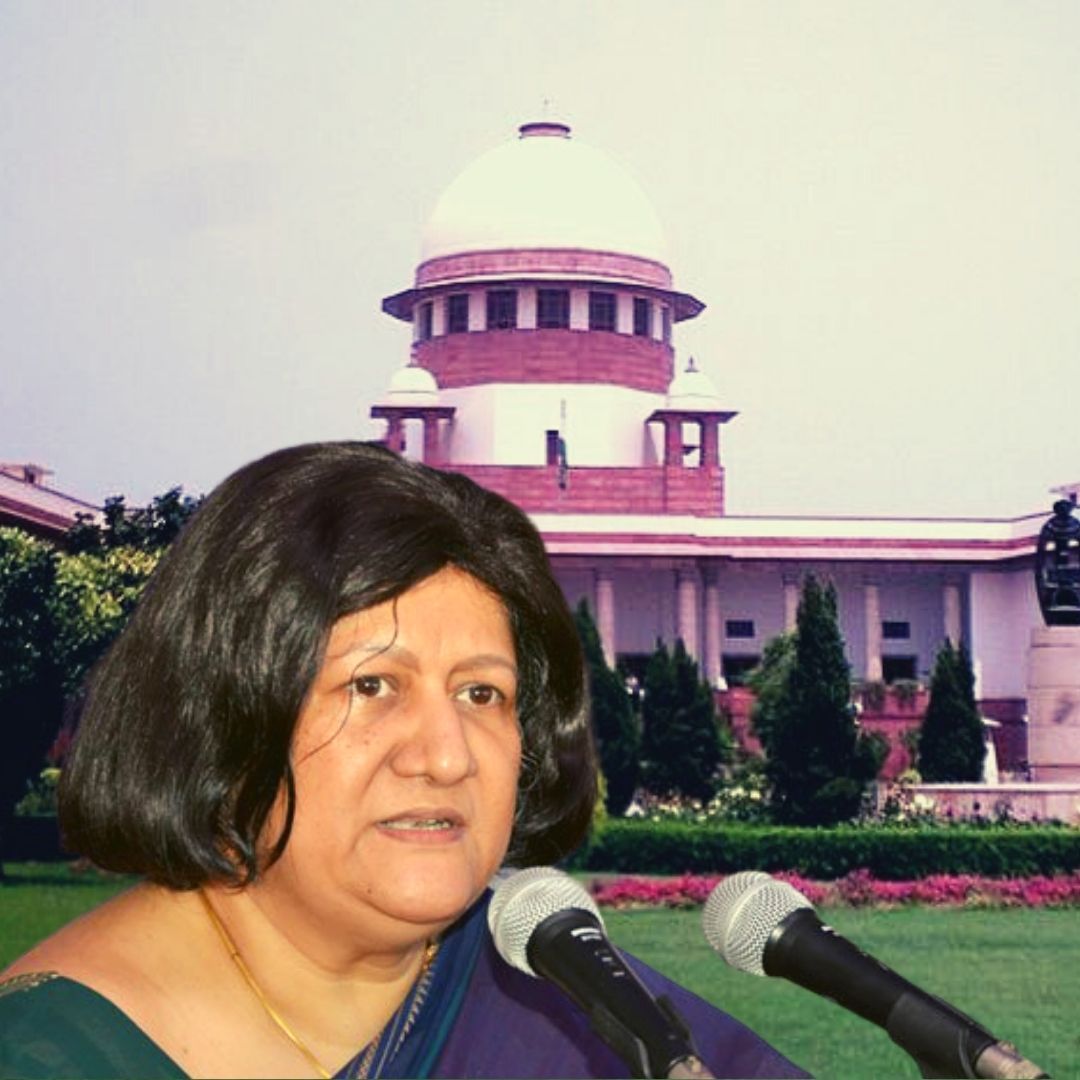Women's Share In Judiciary Abysmal, Just 11 SC Judges Since 1950: Justice Indira Banerjee
Writer: Tashafi Nazir
For most people, journalism sounds hectic and chaotic. For her, it's a passion she has been chasing for years. With an extensive media background, Tashafi believes in putting efforts on presenting a simple incident in the most interesting way.
India, 11 March 2022 10:33 AM GMT
Editor : Snehadri Sarkar |
While he is a massive sports fanatic, his interest also lies in mainstream news and nitpicking trending and less talked about everyday issues.
Creatives : Tashafi Nazir
For most people, journalism sounds hectic and chaotic. For her, it's a passion she has been chasing for years. With an extensive media background, Tashafi believes in putting efforts on presenting a simple incident in the most interesting way.
Justice Indira Banerjee highlighted the under-representation of fair gender at decision-making positions in public life. Her views were echoed by Justice B V Nagarathna, who would become the first woman CJI.
The representation of women in the Indian judiciary is "abysmal" and since its inception in 1950, the Supreme Court has seen just 11 women judges, Justice Indira Banerjee has stated.
Justice Banerjee highlighted the under-representation of fair gender at decision-making positions in public life, and her views were echoed by Justice B V Nagarathna, who would become the first woman CJI.
Justice Nagarathna stated that the inclusion of women in the Indian judiciary would ensure that the decision-making process is more "inclusive, responsive and participatory at all levels".
Besides justices Nagarathna and Banerjee, CJI N V Ramana and two other women judges, Justices Bela M Trivedi and Hima Kohli, also spoke at the first-ever 'International Day of Women Judges', which was conducted virtually, The New Indian Express reported.
83 Women Judges Out Of 680 In High Courts
Justice Kohli said there is an abysmally less number of 83 women judges out of 680 judges in the high courts and nearly 30 per cent of women judicial officers in the subordinate courts.
Justice Banerjee hailed the CJI for the rare distinction of swearing-in three women judges in one go in August 2021 and expected that many more would be appointed by the time she demits office in September 2022.
"Women have to be part of the substantive equality by affirmative action and not just formality," she said.
"Despite an increase in the number of women in public life, they are significantly under-represented in decision-making positions," she added.
"Today women are still under-represented among those who take decisions that will impact upcoming generations. Achieving intergenerational justice is a goal of the men and women and women empowerment is one of the sustainable development goals," she said.
Observing that the country's judiciary cannot excel if women are left behind, she said that the proportion of women is low in high courts.
"Madras High Court has an approved judge strength of 75, and now with 59 judges, it has 12 women on the bench."
She said that out of 34 women on the bench, the Delhi High Court has seven women judges and the Bombay High Court has a strength of 59 judges but has just six women judges.
The Punjab and Haryana High Court has seven while the Calcutta High Court has only five women. The Tripura High Court has no women at all. In addition, the Allahabad High Court, which is the largest high court in terms of the sanctioned strength of 160 judges and with the present strength of 93, has only five women on the bench.
Justice Nagarathna said that the presence of women judges gives democratic legitimacy to the seat of dispute resolution as it enhances diversity on the bench.
She said greater visibility and a higher number of women judges could raise their willingness to seek justice and enforce their rights through the courts.
"Recently, we all have celebrated the historic elevation of three women judges to the Supreme Court of India in August last year under the leadership of CJI Shri Ramana along with his four other senior-most colleagues," Justice Nagarathna stated.
"We are now four women judges in the Supreme Court in total. I think this would bring about a paradigm shift in the composition of the Supreme Court which, I believe, is the start of a new era in the history of this great institution," she said.
Justice Hima Kohli said that women ought to be represented in equal numbers in the judiciary just as men in an ideal scenario, keeping their ratio in the general population and the number of female law graduates.
"But that is not the case. The reality is that it is for the first time that there are four women judges out of 32 judges in the Apex Court even after India has completed 75 years of independence," she said.
Speaking at the occasion, Justice Trivedi, said gender equality is one of the critical sustainable development goals and action in one will impact the development in another.
According to the 2021 data of the law ministry, Justice Trivedi said that only 12 and 18 per cent of judges in high courts and district courts, respectively are represented by women judges.
"In 2021, history was created when three women judges were elevated and for that, we are grateful to the CJI," she said.
Also Read: As BJP Sweeps UP Assembly Elections, Here Are A Few Significant Victories And Losses
 All section
All section















